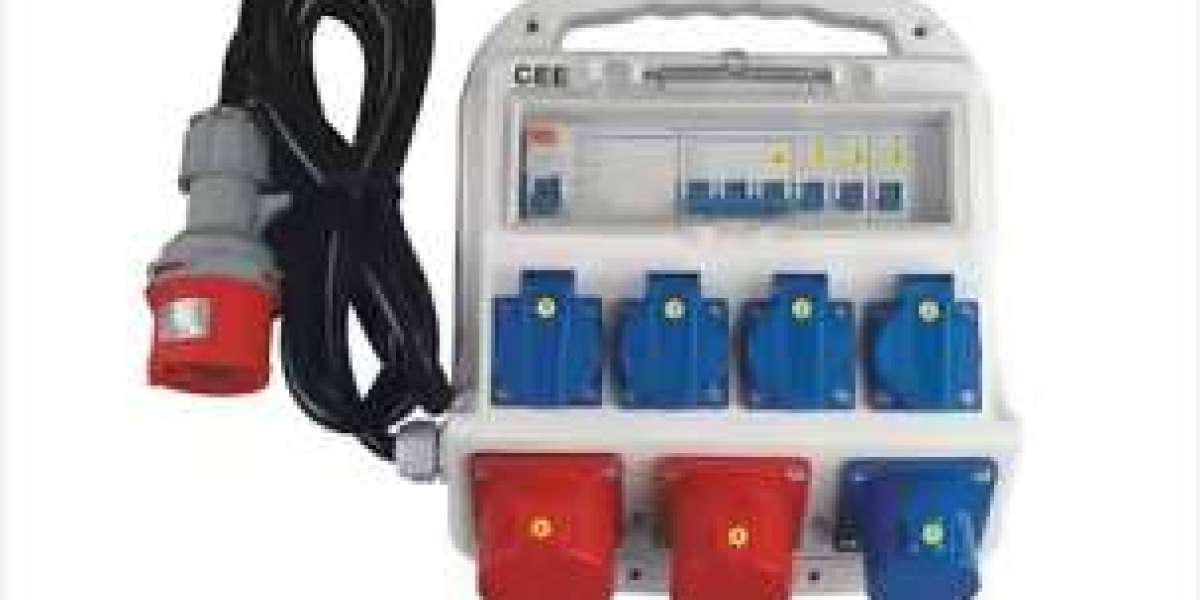Why Wholesale Discounts Matter to Your Business
If you’re running a retail business, the average wholesale discount isn’t just a number on a price list—it’s the lifeblood of your profit margins. Ever wondered why some stores seem to offer better prices or thicker promotions? Often, it comes down to how well they manage their wholesale discounts. The better the discount you secure, the more breathing room you have to price competitively and still make money.
What Does the Average Discount Look Like?
Most wholesalers offer discounts between 15% and 35% off retail prices, but these numbers are just averages. The actual discount you get can swing widely depending on factors like the product category, your order volume, and even your relationship with the supplier. Perishable goods might carry slimmer discounts, while bulk non-perishables or seasonal items often come with steeper price cuts.
Think of it like shopping at a market: some stalls will give you a quick 10% off, while others might knock off 30% if you buy a cartload.
How Better Discounts Boost Your Bottom Line
Every extra percentage you save on wholesale costs adds directly to your gross profit. Imagine you’re buying an item that retails for €100, and your discount improves from 20% to 30%. That’s a €10 difference per item—not small change when multiplied over hundreds or thousands of sales.
These savings not only improve your margins but can also allow you to run attractive promotions or reinvest in better inventory and marketing. It’s a domino effect: smarter purchasing means a healthier, more competitive business.
Getting More Than Just the Average
You might think that the “average” discount is as good as it gets, but there’s often room to push further. Big chains leverage volume and influence to negotiate the best deals, but small and mid-sized businesses can also boost their discounts through smart strategies.
This isn’t about playing hardball—it’s about understanding your supplier’s perspective and finding mutual benefits. Suppliers want steady, reliable customers, so showing that you’re committed and serious can open doors to better deals.
Building Partnerships That Pay Off
A strong, transparent relationship with your wholesaler can pay dividends. When they know you’re dependable—regular orders, timely payments—they’re more likely to reward you with better prices or exclusive offers.
This partnership goes beyond transactions. It’s about trust and open communication. Discuss your sales cycles, upcoming promotions, and any challenges you face. A good wholesaler can sometimes help you plan inventory or offer insights you hadn’t considered.
How Order Size Influences Discounts
Larger orders naturally catch a wholesaler’s eye. They often come with bigger discounts, simply because they guarantee more sales. But it’s a balancing act—you don’t want to overstock and tie up cash unnecessarily.
Planning your inventory and grouping orders can help you hit those volume thresholds without risking cash flow problems. Even combining your purchases with other businesses or pooling orders can be a clever workaround.
Timing Your Purchases for Better Deals
Seasonality plays a big role in wholesale pricing. Just like you might see sales on clothes after a season ends, wholesalers often discount products to clear stock before new shipments arrive or around holidays.
Keeping an eye on these patterns—and being flexible with your inventory—can mean snagging discounts that exceed the average rate. It pays to plan ahead, anticipate demand, and buy in advance where possible.
More Than Just Price: Payment and Logistics Matter
Sometimes the price tag isn’t the whole story. Offering favorable payment terms—such as paying upfront or within a shorter time—can encourage wholesalers to lower their prices. If you’re also willing to pick up goods yourself (think cash and carry), you might avoid delivery fees and snag even better deals.
Your buying habits and logistical flexibility can signal reliability and save suppliers money, which they may pass on to you.
Tracking Your Discounts Over Time
Keeping records of what you pay and comparing different suppliers can help you spot opportunities for better deals. Technology can be your friend here—simple spreadsheets or dedicated inventory software allow you to track prices, discounts, and supplier responsiveness.
If you see one wholesaler consistently offering better terms, it might be time to shift more of your business their way or renegotiate with your current supplier based on competitive offers.
Knowing When a Deal Is Too Good to Be True
While chasing discounts, beware of offers that look too good to be true. Sometimes extremely low prices come with hidden catches—poor quality, inconsistent stock, or unexpected fees.
Always prioritize trusted suppliers who balance cost with reliability and product quality. After all, a cheap product that fails to satisfy your customers isn’t saving you money in the long run.
A Real-Life Example: How Better Discounts Made a Difference
Take the story of Carlos, who runs a small convenience store in Lisbon. By improving his ordering habits, establishing consistent payments, and communicating clearly with his wholesaler, he raised his average discount from 18% to 27% within a year. The additional savings gave him room to offer local promotions and invest in fresh marketing, growing his customer base steadily.
Conclusion: Your Discount Is Your Competitive Edge
Wholesale discounts are more than just numbers—they’re powerful tools to shape your business success. Knowing the average gives you a benchmark, but pushing beyond that average with smart strategies is where the magic happens.
By fostering strong supplier relationships, planning orders thoughtfully, and staying alert to market trends, you can secure better discounts, improve your margins, and build a thriving retail operation.
Discover better business buying with Exotic Cash & Carry—powered by the trusted quality of Thokmandee.
Frequently Asked Questions
- What kind of wholesale discount can I expect as a small retailer?
Most small retailers typically get discounts between 15% and 25%, but this varies by industry and supplier relationships.
- Is it possible to negotiate discounts if I don’t order large quantities?
Yes. Consistent purchasing, timely payments, and building trust can often earn you better discounts even with smaller orders.
- Are seasonal wholesale discounts more valuable?
Seasonal discounts usually offer deeper savings, especially when clearing inventory, but require planning and flexibility to take full advantage.
- How does paying upfront influence the discounts I get?
Suppliers often reward early or upfront payments with better prices since it improves their cash flow and reduces risk.
- Should I shop from multiple wholesalers to maximize discounts?
Using multiple wholesalers can help you compare prices and get the best deals, but be mindful of managing logistics and supplier relationships.



